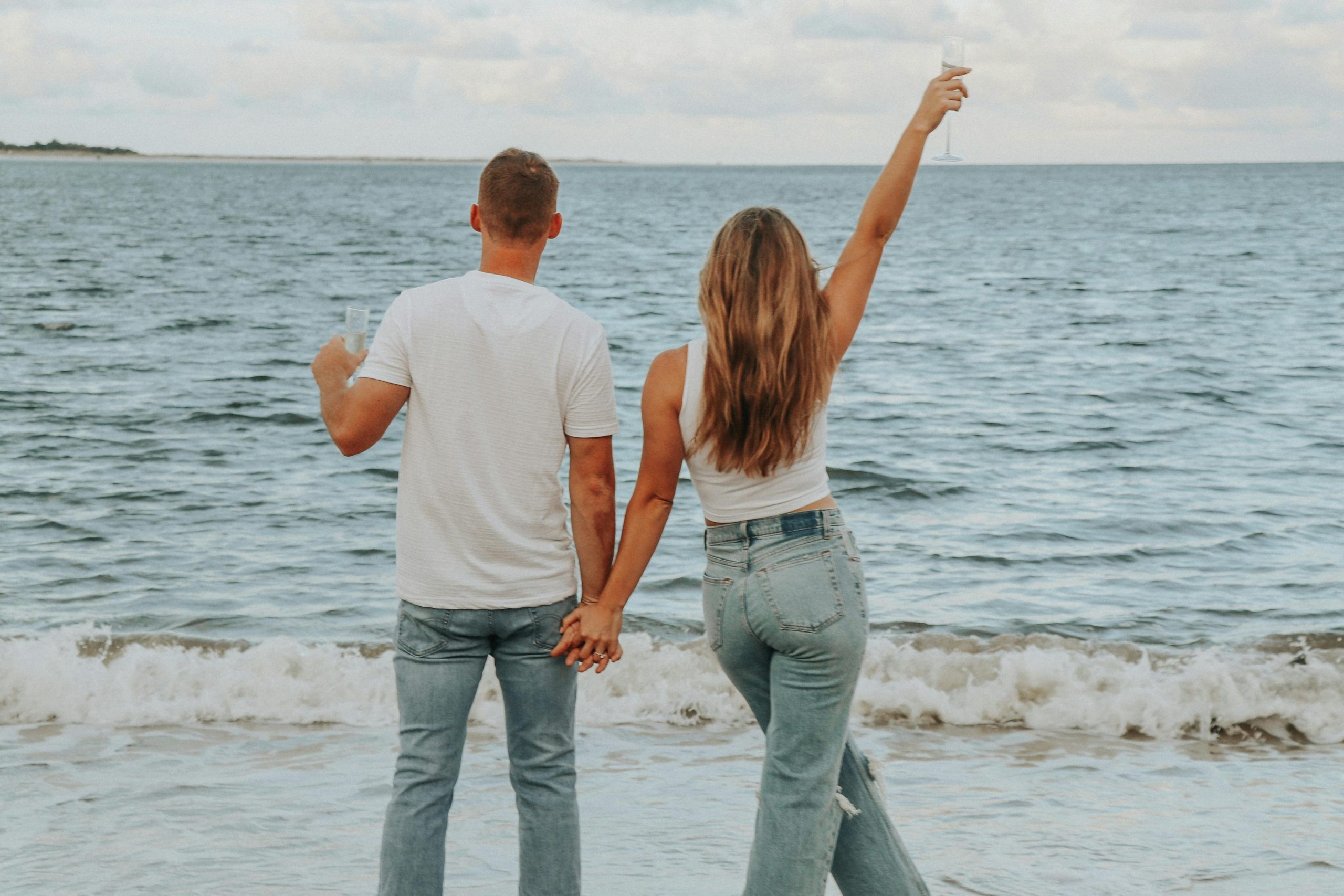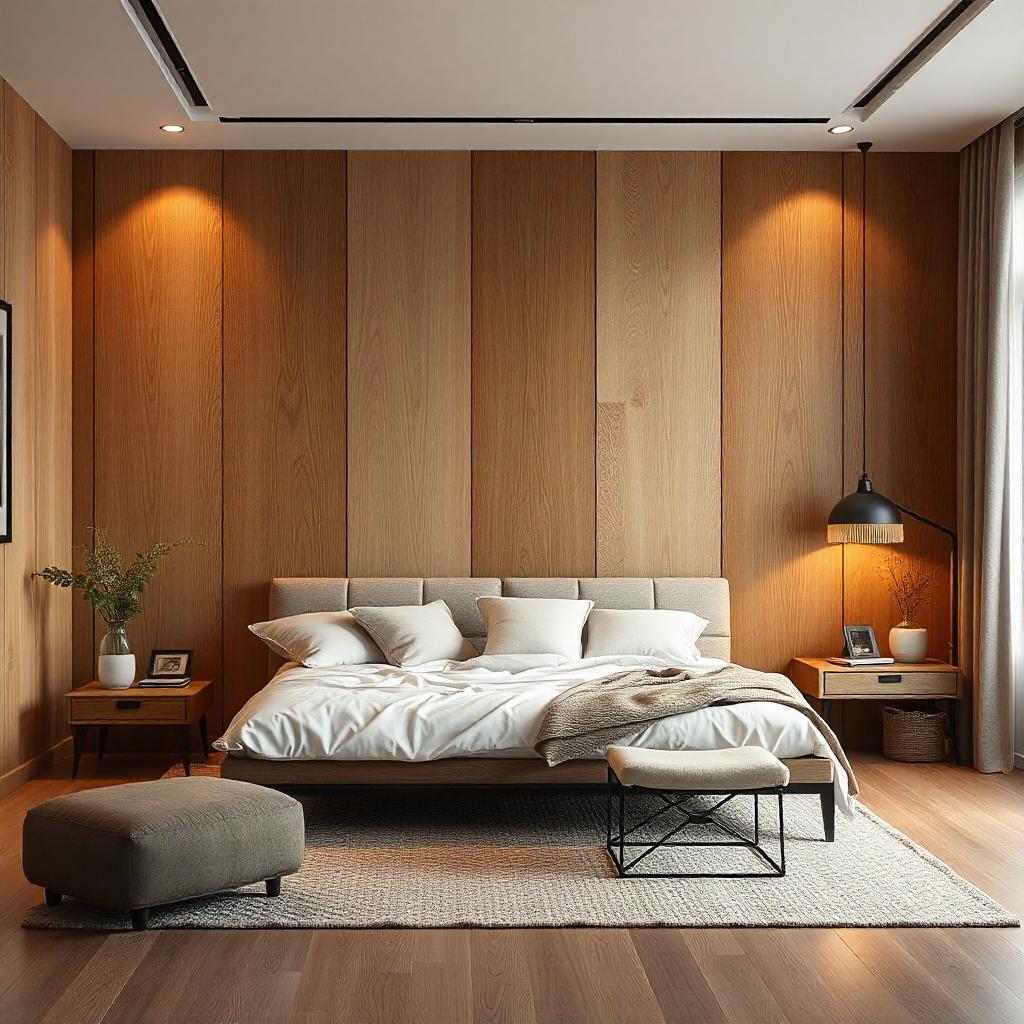Bangkok is a city that pulses with life. From the aroma of sizzling street food to the golden hues of temple spires, everything here feels heightened, intensified. Yet nothing prepared me for the raw intensity, precision, and cultural richness of Mauy Thai the art of Eight limbs. This wasn’t just a sport. It was a philosophy, a legacy, and a rite of passage wrapped into one. And my personal encounter with Muay Thai the Art of Eight Limbs transformed my understanding of Thai culture in the most visceral way.
Discovering the Spirit of Muay Thai in Thailand’s Heart
Before arriving in Bangkok, I had only a vague understanding of Muay Thai the Art of Eight Limbs. I had seen a few fights on TV, snippets of flying elbows and swift knee strikes. But I hadn’t grasped the depth behind the movements. It wasn’t until I walked into a local gym near Sukhumvit Road that I began to see Muay Thai the Art of Eight Limbs not just as a combat sport, but as a sacred tradition passed down through generations.
Locals call it “The Science of Eight Limbs” for good reason. Fighters use their fists, elbows, knees, and shins, turning their bodies into eight points of contact. This unique style, developed centuries ago, makes Muay Thai the Art of Eight Limbs one of the most complete and devastating martial arts in the world.
Training with the Masters
I signed up for a beginner’s class at a family-run gym renowned for its authentic approach. The gym didn’t cater to tourists in flashy ways. It was raw, gritty, and real—the air thick with the scent of liniment oil, the echo of pads being struck, and the rhythmic counting in Thai.
My instructor, Kru Pet, was a retired champion who had dedicated his life to preserving the purity of Muay Thai the Art of Eight Limbs. He began by explaining the cultural and spiritual foundations of the sport. Every movement, he said, tells a story. Every strike is both an offensive tactic and a form of self-expression.
Even the traditional Wai Khru Ram Muay dance performed before each bout is steeped in respect—for the teacher, for the opponent, and for the spirit of Muay Thai the Art of Eight Limbs itself.
The First Round: More Mental Than Physical
Throwing a punch is easy. Throwing a punch with intention, control, and cultural awareness—that’s where the real challenge lies. My early sessions focused on stance, balance, and breathing. The goal wasn’t just power. It was about mastering form, rhythm, and respect.
I quickly learned that Muay Thai the Art of Eight Limbs is as much mental as it is physical. Timing, intuition, and emotional control are central to the practice. The Thai way emphasizes humility, discipline, and inner calm, even in the chaos of combat.
The gym atmosphere was communal and supportive. Fighters of all levels, from novices like me to seasoned warriors, trained side by side. It was inspiring to see how deeply embedded Muay Thai the Art of Eight Limbs was in daily life, even for kids as young as seven.
Sparring with the Culture
One of the most profound moments of my trip came when I was invited to a local fight night. The ring was set up in a temple courtyard in a lesser-known district of Bangkok, far from the tourist spots. Here, Muay Thai the Art of Eight Limbs took on an almost spiritual dimension.
Before each match, fighters performed the ceremonial dance while monks chanted blessings. The crowd cheered not for brutality, but for skill and heart. Every knee strike, elbow slash, and clinch was met with a chorus of appreciation.
Watching the fighters move with such grace and precision helped me see the poetry in Muay Thai the Art of Eight Limbs. It wasn’t just about winning. It was about honoring the ancestors, respecting the opponent, and preserving tradition.
Beyond the Ring: Life Lessons from Muay Thai
Training in Muay Thai the Art of Eight Limbs taught me more than just how to throw a teep or defend a clinch. It taught me about resilience, patience, and staying present. The physical exertion pushed my body, but the rituals and philosophy pushed my soul.
There’s a meditative quality in the repetitive movements, a grounding energy that connects you to something ancient and universal. Whether I was practicing shadowboxing under the morning sun or sitting in silence after class, I felt more rooted, more aware, more alive.
Muay Thai the Art of Eight Limbs became a daily rhythm—one that synced me to the pulse of Bangkok, to its people, and to myself.
Local Wisdom and Hidden Gems
Through my journey with Muay Thai the Art of Eight Limbs, I also uncovered corners of Bangkok I would have otherwise missed. I met a vendor near the gym who made the best khao man gai (chicken rice) I’ve ever tasted. I stumbled upon a herbal medicine shop that sold traditional balms used by fighters for generations. I even got to visit a hidden shrine where local fighters offer prayers before matches.
This is the magic of traveling with purpose. Muay Thai the Art of Eight Limbs wasn’t just an activity; it was a key that unlocked deeper cultural layers, authentic connections, and unforgettable stories.
Reflections on a Journey That Kicked Me into Awareness
Looking back, I realize that my personal encounter with Muay Thai the Art of Eight Limbs was one of the most transformative parts of my time in Thailand. It challenged me, centered me, and gave me a rare lens through which to experience a city as dynamic as Bangkok.
For those seeking something more than souvenir photos and checklist attractions, I urge you to step into a Muay Thai gym. Whether you’re throwing your first jab or observing from the sidelines, you’ll feel the heartbeat of a culture that values courage, respect, and resilience.
Final Thoughts: Why This Ancient Art Still Matters
In an age where travel often skims the surface, experiences like this ground us. Muay Thai the Art of Eight Limbs is not a trend. It’s a testament to the enduring power of tradition, human connection, and the stories our bodies tell when words fall short.
At 21 Sensations, we believe that the best journeys are the ones that change you. And if you’re open to it, Muay Thai the Art of Eight Limbs might just be the experience that kicks your soul into a new rhythm—one that resonates long after the gloves come off.




